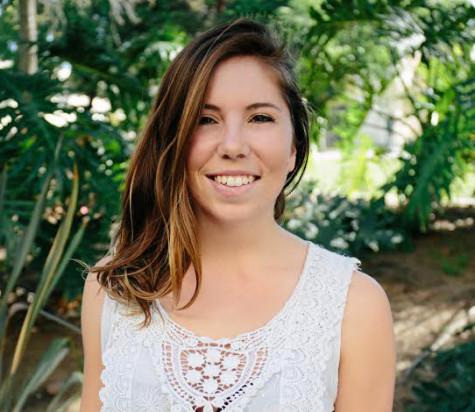Residential learning communities can inspire a tight-knit community of like-minded individuals all reaching for the same goal.
The new Women and Gender Equity house on San Diego State’s campus, debuting fall 2016, will give incoming freshmen the opportunity to connect with other students who are interested in feminism, women’s issues and social justice.
“We really wanted to make a (living and learning community) that was really centered on women’s experiences to kind of supplement things they’re learning in the classroom and opportunities for women on campus to connect with one another once they start at SDSU,” Women’s Resource Center coordinator Jessica Nare said.
The Women and Gender Equity house will be divided into two communities, residential and commuter.
Students part of the residential community will live on a themed dorm floor and will also be enrolled in the Women: Images and Ideas class and a university seminar course.
The commuter students will additionally be enrolled in a discussion and analysis class to supplement the women’s studies class. These classes all fulfill the university’s general education requirement.
“(The discussion and analysis) will give a lot of opportunities for mentoring with faculty and graduate students and really getting connected with the women’s issues programming that’s happening on campus,” Nare said.
As opposed to other RLCs on campus, the Women and Gender Equity House will focus on gender and feminist issues.
“(The WAGE house) gives greater awareness of gender equity issues and creates another venue for folks to be involved in social change on campus,” Nare said. “It gives more visibility to some of the inequalities that women still face and other marginalized groups still face.”
The goal of this house is to give incoming students an opportunity to receive extra support during their transition phase.
“Incoming students face a really big transition and any way that we can help connect them to receive more support in their academics and their social lives is a really good thing,” Nare said.
Student Life and Leadership associate director Erica Aros said studies show incoming freshmen who are commuter students typically don’t do as well with their GPAs or engaging on campus as the residence hall students that come in. Ultimately, the commuter communities will help students maintain a high GPA and be more involved on campus as well as increase retention.
There is a lot of programming built into the resident halls, so students living on campus are exposed to weekly programming by the residential assistants and the building-wide programs on campus. This allows students to perform better in their academic and social lives.
“A lot of universities don’t have a really robust commuter program, that’s what we’re doing here,” Nare said. “It’s been identified as an issue that we want to target as a part of a strategic plan.”
This particular community will offer incoming students an opportunity to excel in their first year, and Nare also hopes it will encourage more students to engage with social change the minute they step onto campus.
“Sometimes it takes a while to explore and find those (justice and social change pockets) of a community,” Nare said.
“We’re kind of creating that from their very first day at SDSU.”










